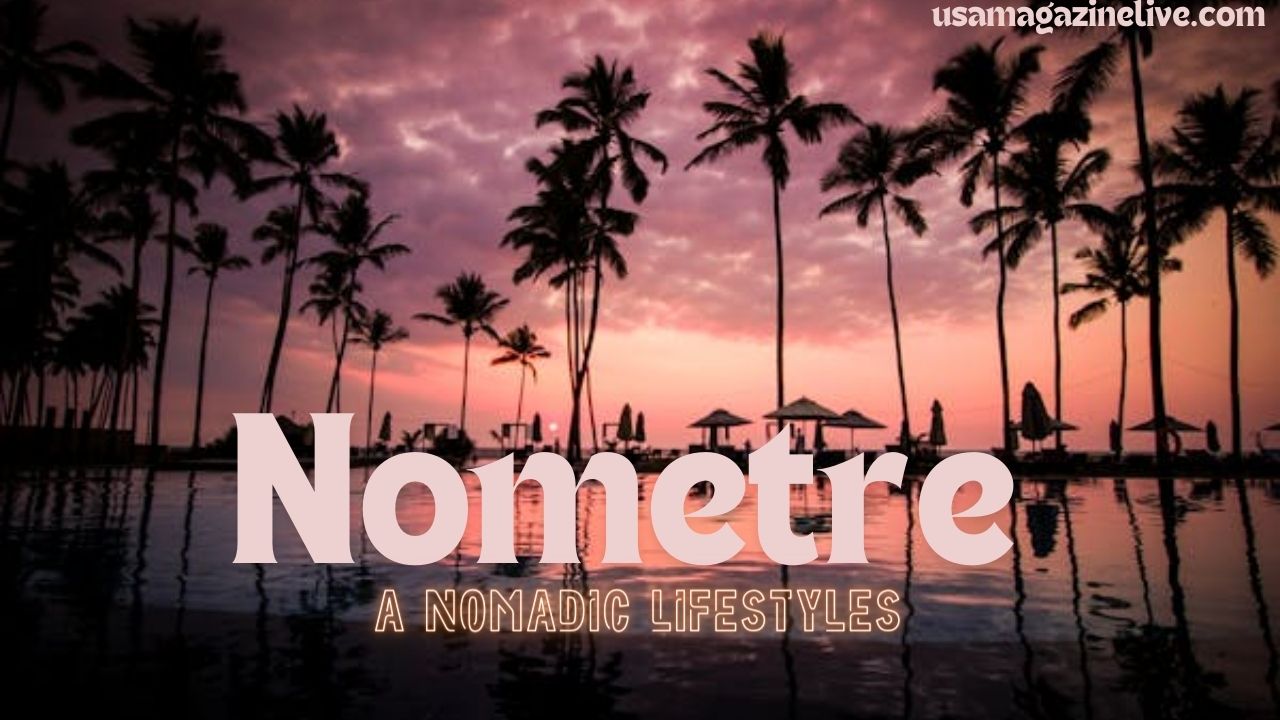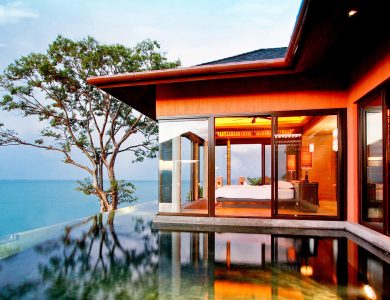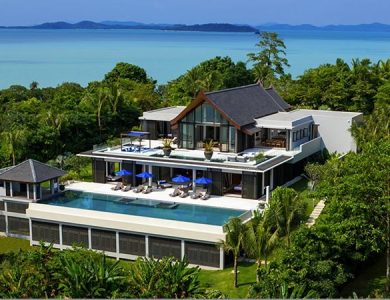Introduction
The concept of “Nometre” represents a groundbreaking fusion of urbanism and nomadic lifestyles, envisioning a future where the traditional boundaries of living and working spaces are redefined. In the Nometre framework, citizens are afforded the flexibility to transport their homes and workplaces within a network of interconnected spaces, creating a dynamic, adaptable community. This innovative approach addresses various socio-economic, environmental, and cultural challenges of contemporary urban life, offering a model that emphasizes mobility, sustainability, and community.
Historical Context
Evolution of Urbanism
Urbanism, the study of how inhabitants of urban areas interact with the built environment, has evolved significantly over the centuries. Early cities were often densely packed with little room for expansion, necessitating innovative architectural solutions. The Industrial Revolution marked a significant shift, as cities expanded rapidly to accommodate factory workers, leading to the creation of distinct residential and industrial zones.
In the 20th century, urban planning began to focus more on improving living conditions, with the advent of zoning laws, public parks, and transportation networks. However, rapid urbanization also brought challenges such as congestion, pollution, and housing shortages. Modern urbanism seeks to address these issues through sustainable development, smart cities, and green architecture.
Nomadic Lifestyles
Nomadism, the practice of moving frequently rather than settling permanently in one location, has been a way of life for various cultures throughout history. Traditional nomads, such as the Bedouins, Mongols, and various indigenous tribes, moved with the seasons to find food, water, and grazing land for their animals.
In the contemporary context, digital nomadism has emerged as a modern iteration of this lifestyle. Enabled by advancements in technology, digital nomads work remotely while traveling, often moving from city to city or country to country. This lifestyle offers flexibility and freedom but also presents challenges related to stability, community, and infrastructure.
The Concept of Nometre
Definition and Principles
Nometre combines the principles of urbanism and nomadic living into a cohesive framework that allows for the mobility of homes and workplaces within a structured, interconnected community. Key principles of Nometre include:
Mobility:
Structures are designed to be easily transportable, allowing residents to relocate without disrupting their daily lives or work routines.
Sustainability:
Emphasis on eco-friendly materials and energy-efficient designs to minimize environmental impact.
Community:
A network of interconnected spaces fosters a strong sense of community while allowing for individual flexibility.
Adaptability:
The community can evolve in response to changing needs and circumstances, ensuring long-term viability and resilience.
Architecture and Design
The architecture of Nometre communities revolves around modularity and flexibility. Homes and workplaces are built using prefabricated, modular units that can be easily assembled, disassembled, and transported. These units are designed to fit together in various configurations, allowing residents to customize their living and working spaces.
Energy efficiency and sustainability are integral to Nometre architecture. Structures incorporate renewable energy sources, such as solar panels and wind turbines, as well as systems for water conservation and waste reduction. Green roofs, vertical gardens, and other biophilic design elements enhance the connection to nature and improve air quality.
Benefits of Nometre
Environmental Sustainability
Nometre promotes environmental sustainability through its emphasis on energy-efficient designs and renewable energy sources. Modular construction reduces waste and resource consumption, while green spaces and biophilic design elements improve biodiversity and reduce urban heat island effects.
By minimizing the need for long commutes and promoting the use of electric vehicles and bicycles, Nometre communities can significantly reduce carbon emissions. Additionally, the adaptability of the community allows for the integration of new technologies and practices that further enhance sustainability.
Improved Quality of Life
Nometre aims to improve the quality of life for its residents by creating environments that are conducive to health, well-being, and social interaction. Green spaces, recreational facilities, and cultural venues enhance physical and mental health, while the sense of community reduces social isolation and fosters a sense of belonging.
The adaptability of Nometre communities also allows for the incorporation of amenities and services that cater to the specific needs and preferences of residents. This can include everything from healthcare and education to entertainment and leisure activities, ensuring a high standard of living.
Challenges and Considerations
Technological and Logistical Challenges
Implementing the Nometre concept involves significant technological and logistical challenges. Developing modular, transportable structures that are both functional and aesthetically pleasing requires advanced engineering and design expertise. Ensuring that these structures meet safety and regulatory standards is also crucial.
Logistically, coordinating the movement of homes and workplaces within a community requires sophisticated planning and management systems. This includes the development of efficient transportation networks and the integration of decentralized utility systems.
Conclusion
Nometre represents a visionary approach to urban living that combines the best aspects of urbanism and nomadic lifestyles. By embracing mobility, sustainability, and community, Nometre offers a flexible, resilient model for the future of human settlements. As we continue to explore and develop this concept, Nometre has the potential to transform the way we think about living, working, and thriving in the 21st century and beyond.




